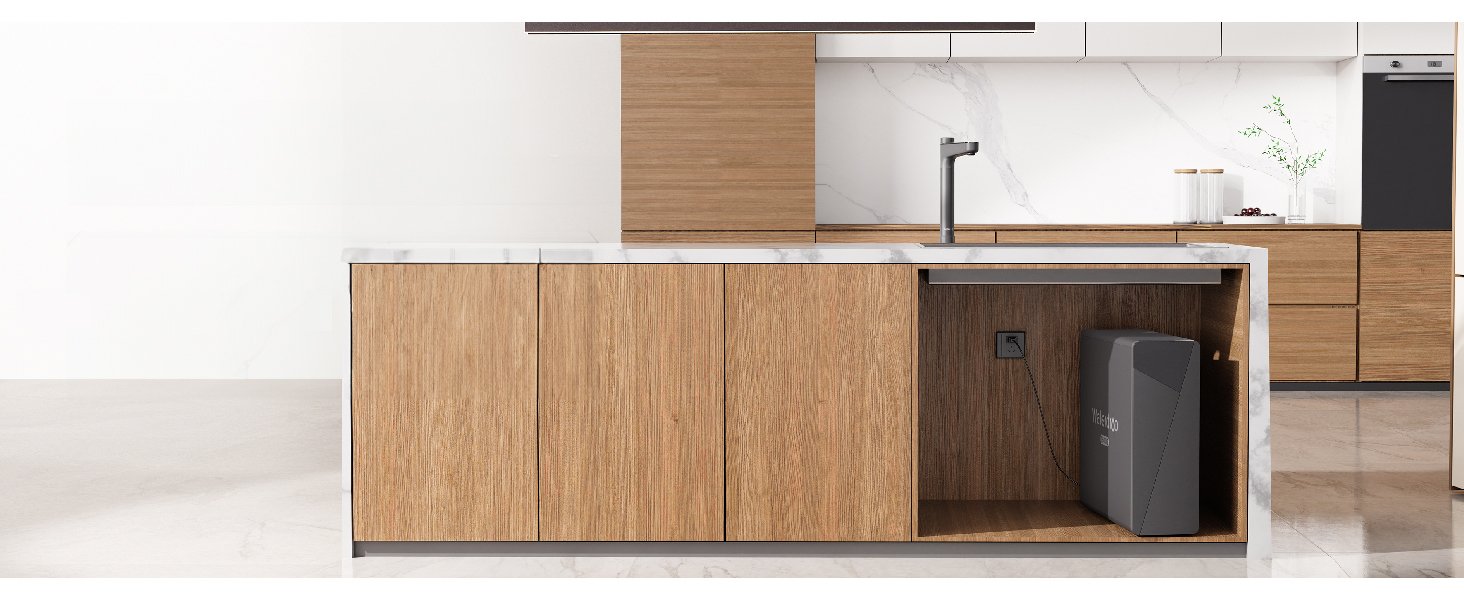
Product Manuals and Installation Guides
Reverse Osmosis Undersink Systems
X16 RO System
X12 RO System
G3P800 RO System
G3P600 RO System
K6 Instant Hot Water RO

RO Certifications
Whole House Filtering & Softening Sytems
CF1/CF4 Filter
SPRINGWELL -WHOLE HOUSE WATER FILTER (CF1, CF4)
4 Stage ActivFlo
Filter Media (Catalytic Activated Carbon Bed), KDF Bed (Copper/Zinc Alloy) - 1Million Gallon Lifespan on Media
100% NSF Certified Components
Lifetime Warranty on Tanks and Values
1Mil Gallon Media
Zero drop in water pressure
9GPM CF1 (1-3 baths)
12GPM CF4 (4-6 baths
Sediment Filters .5 micron (6-9 months) 2 pack for $40
Expanded list of contaminants
FS1/FS4 Salt-Free Softener
SPRINGWELL -WHOLE HOUSE CONDITIONER FS 1, FS4 (Salt Free)
TAC (Template Assisted Crystallization)
SPRINGWELL -WHOLE HOUSE SOFTENER (Salt)
Ion Exchange
Certifications in Water Filters NSF/ANSI + Others
1. NSF Standard 42: Aesthetic Effects
Reduces non-health related contaminants – Chlorine, taste, odor, and particulates that might be in your drinking water.
2. NSF Standard 53: Health Effects
Reduces specific health-related contaminants – cryptosporidium, giardia, lead, and volatile organic chemicals (VOCs). In 2019, NSF Standard P473, which covers the reduction of PFOA/PFOS was incorporated into this standard.
3. NSF Standard 55: Ultraviolet Light
Water filters that use ultraviolet (UV) light can inactivate or kill bacteria, viruses, and cysts in contaminated water or can reduce the amount of non-disease-causing bacteria.
4. NSF Standard 58: Reverse Osmosis
Reduces contaminants that can be removed through reverse osmosis filtration. In order to receive this certification, an RO system must remove TDS (Total Dissolved Solids). However, the best RO systems remove additional contaminants including hexavalent chromium, cysts, fluoride, arsenic, and nitrates/nitrites.
5. NSF Standard 401: Emerging Compounds/Incidental Contaminants
When a water filtration system removes up to 15 individual contaminants such as prescription drugs, over the counter medications like ibuprofen and Naproxen, herbicides and pesticides, as well as other chemical compounds like BPA.
6. NSF Standard P473: PFOA/PFOS
In 2019, NSF combined Standard P473 into NSF Standard 53, so you may not see it listed for new filters. But in 2016, NSF was the first to develop a standard for the reduction of perfluorooctanoic acid (PFOA) and perfluorooctane sulfonate – chemicals used to make non-stick cookware, fire retardant, and more.
7. NSF Standard P231: Microbiological Filtration
Reduces microbial contaminants like viruses and bacteria. This standard was developed to certify microbiological water purifiers to filter and treat water of unknown microbiological quality but are presumed potable. Microbiological water purifiers remove/kill/inactivate types of disease-causing microorganisms from the water.
8. NSF Standard 372
This standard verifies that a product is compliant in minimizing lead content. This standard is consistent with the United States Safe Drinking Water Act (SDWA) and its lead-free plumbing requirements. This standard addresses lead content only. For water filters, the more relevant standards are instead related to lead reduction, meaning NSF/ANSI 42, 44, 53, 55, 58, or 62.
Let's get started
If you’d like to find out more about our Referral Program as an Installer or Community Partner, please indicate that on the form below.








